By Zonash Amanullah (Pakistan)
Khyber Pakhtunkhwa (KP), once the epicenter of conflict and conservative orthodoxy, is witnessing a silent yet profound revolution. The focus on women’s rights and education in the region has taken a turn for the better over the past decade. This progress, though heartening, underscores the path that remains to be traversed to ensure that women in KP receive their due rights and opportunities.
Historical Context
The historical context of KP is essential to understand the current discourse on women’s rights and education. Traditionally, the region has been steeped in conservative cultural and social norms, which often marginalized women. Education for women was considered unnecessary, and their primary roles were confined to household duties. This patriarchal mindset curtailed women’s participation in the workforce and educational opportunities, severely limiting their potential.
The Dark Ages
In the early 2000s, the Taliban insurgency further exacerbated the situation. Between 2007 and 2009, the insurgents destroyed hundreds of schools, with a significant number of them being girls’ schools. According to a report by the Human Rights Watch, more than 900 schools were destroyed or damaged in KP by extremist groups who opposed female education. This reign of terror instilled fear and left a devastating impact on women’s education in the region.
The Turning Tide
The tide began to turn post-2010, with the Pakistani government and various international organizations recognizing the urgent need to address women’s rights and education in KP. Significant initiatives have been launched to rebuild schools and promote female education. According to a 2018 report by the Pakistan Education Statistics, female enrollment in primary schools in KP increased from 38% in 2002 to 51% in 2017. This marks a considerable leap in a region that has historically lagged in female literacy rates.
Key Initiatives
Several initiatives have played a key role in this gradual yet significant transformation:
1. Public-Private Partnerships: Organisations like the Malala Fund have been instrumental in advocating for girls’ education. Malala Yousafzai, a native of KP and a Nobel laureate, has become a global symbol for women’s education. The Malala Fund’s collaboration with local government and educational institutions has led to the building and refurbishment of several girls’ schools.
2. Government Programs: The Khyber Pakhtunkhwa government has also launched numerous programs aimed at improving female literacy and education. The “Stoori Da Pakhtunkhwa” program provides scholarships to female students, enabling them to pursue higher education. Additionally, initiatives like the “Girls Community Schools” project have aimed at bringing education to remote and conflict-affected areas.
3. International Aid: International organizations like UNICEF and UNESCO have provided substantial aid to improve education infrastructure and promote female literacy. According to a report by UNESCO, there has been a 40% increase in female enrollment in secondary schools in KP from 2010 to 2020 due to international aid.
Present Scenario
Today, the region shows promising signs of improvement, but the challenges remain. The literacy rate among women in KP, according to the Pakistan Bureau of Statistics, stands at 36% as of 2021. While this is a marked improvement from the single-digit figures of the past, it pales in comparison to the national average of 49%.
The female participation rate in higher education is also on the rise. The University of Peshawar and other higher education institutions in KP have reported a steady increase in female student enrollments. According to the Higher Education Commission of Pakistan, female enrollment in undergraduate programs in KP has risen by 20% over the past five years.
The Road Ahead: Needs for Improvement
Despite these positive developments, there is a long way to go. Several areas demand urgent attention:
1. Infrastructure Development: Many remote areas of KP still lack basic educational infrastructure. Building and refurbishing schools, especially in rural and conflict-affected areas, is crucial. Community-based schooling and mobile schools can also be effective solutions.
2. Teacher Training: There is a dire need for trained female teachers in the region. Investing in teacher training programs can ensure that quality education is imparted to girls.
3. Awareness Campaigns: Changing societal mindsets is critical. Initiatives aimed at raising awareness about the importance of female education and women’s rights are essential. Grassroots campaigns involving local leaders can be effective in this regard.
4. Economic Incentives: Providing economic incentives, such as scholarships and stipends, can encourage families to send their daughters to school. According to a study by the World Bank, conditional cash transfers have significantly increased girls’ school enrollment in several developing countries.
5. Legislative Support: Strong legislative support to enforce existing laws and introduce new policies aimed at protecting and promoting women’s rights and education is essential. Implementing strict penalties for those obstructing female education can deter such acts.
Conclusion
The journey of women’s rights and education in Khyber Pakhtunkhwa has been fraught with challenges. Nonetheless, the region’s progress over the past decade offers hope and a blueprint for further improvement. While the road to gender equality and educational parity is long, sustained efforts by the government, international organizations, and civil society can ensure that women in KP receive their rightful place in society.
The focus on education and women’s rights not only benefits individual women but also strengthens the socio-economic fabric of the entire region. By investing in women’s education, KP is investing in a brighter, more equitable future for all its citizens.
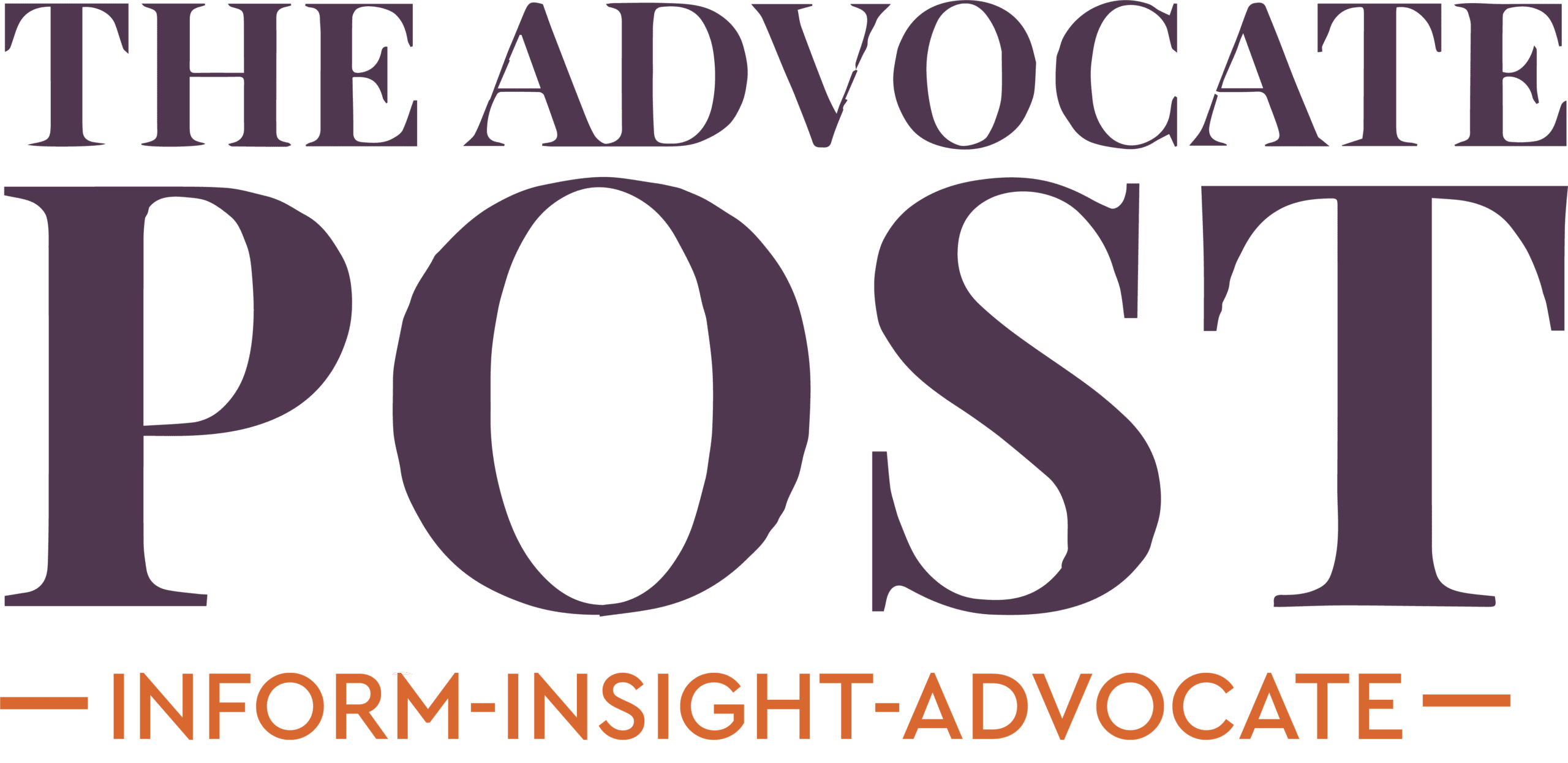
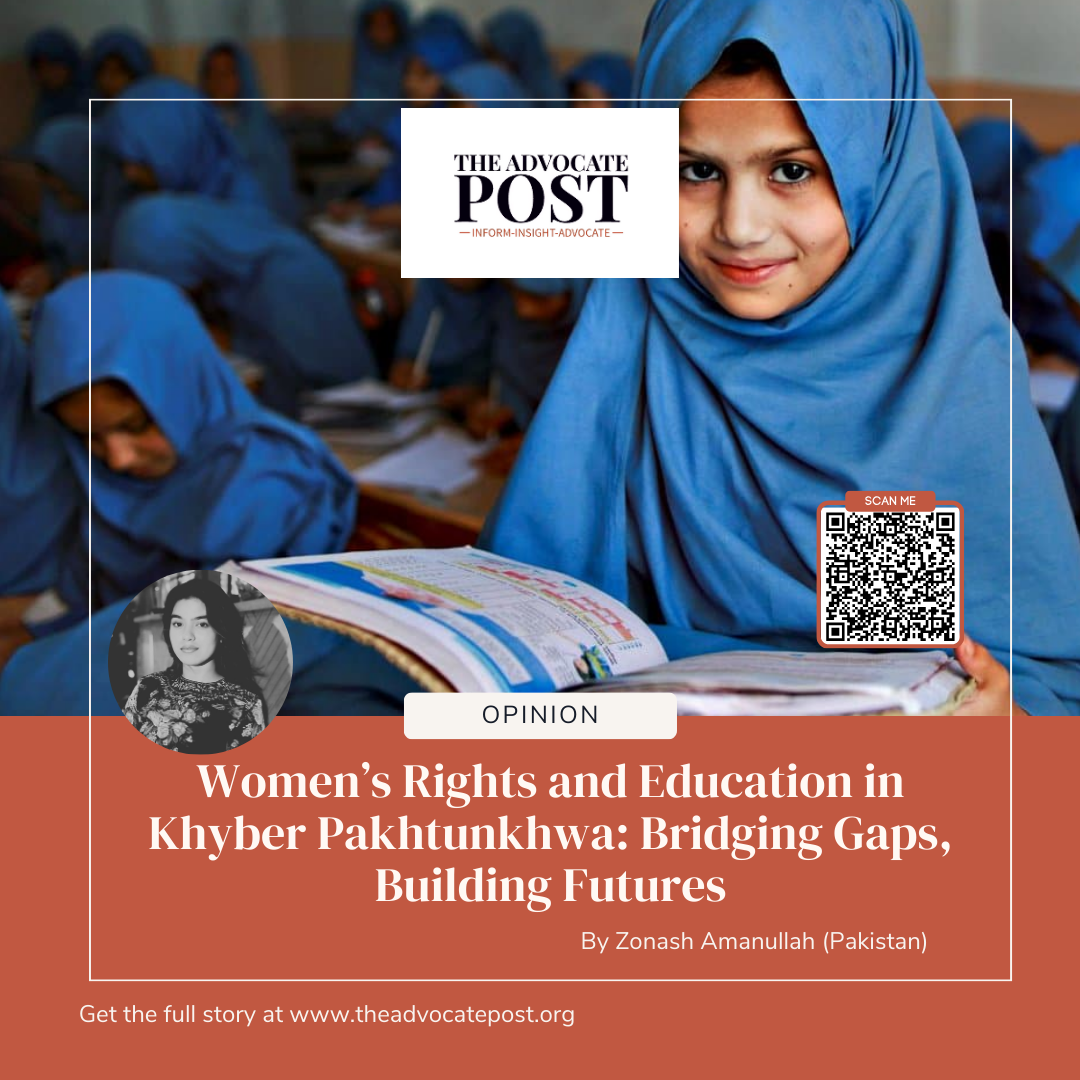
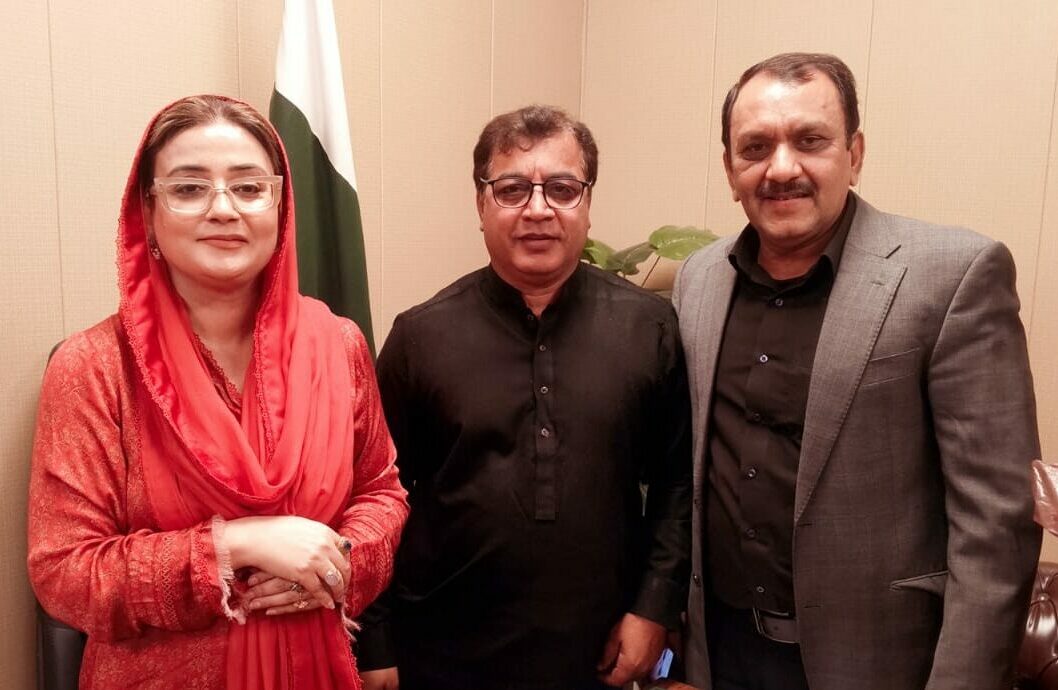
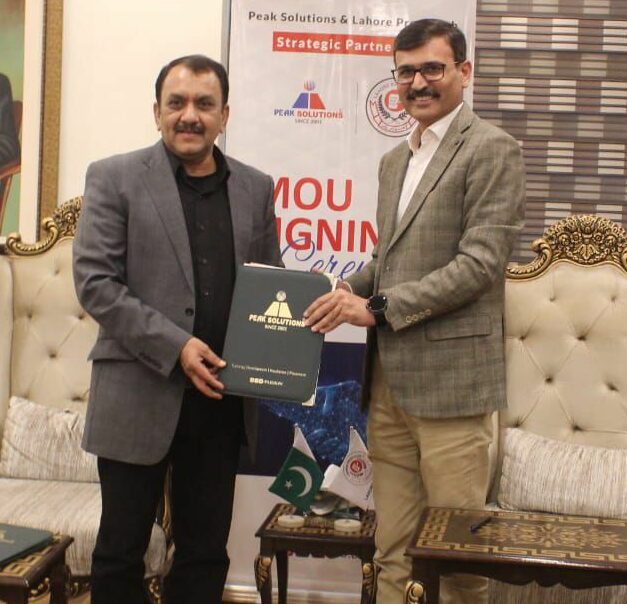
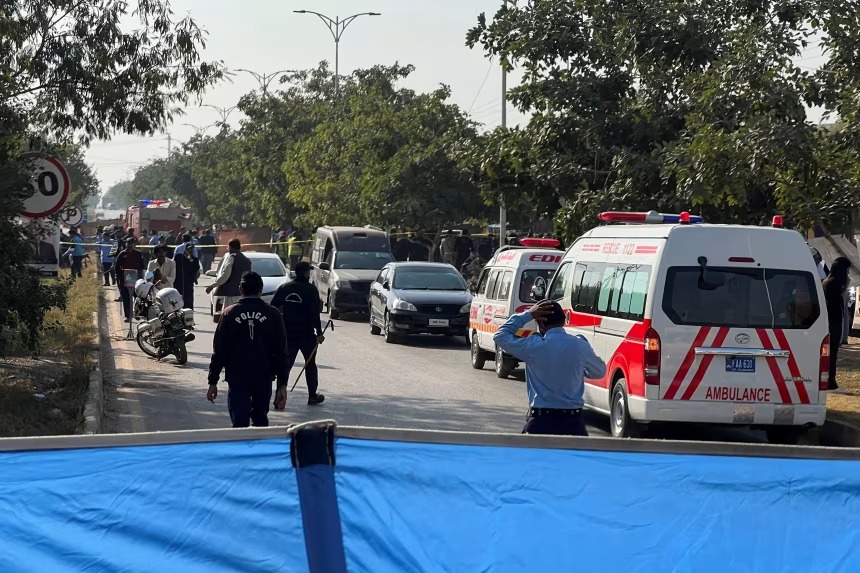
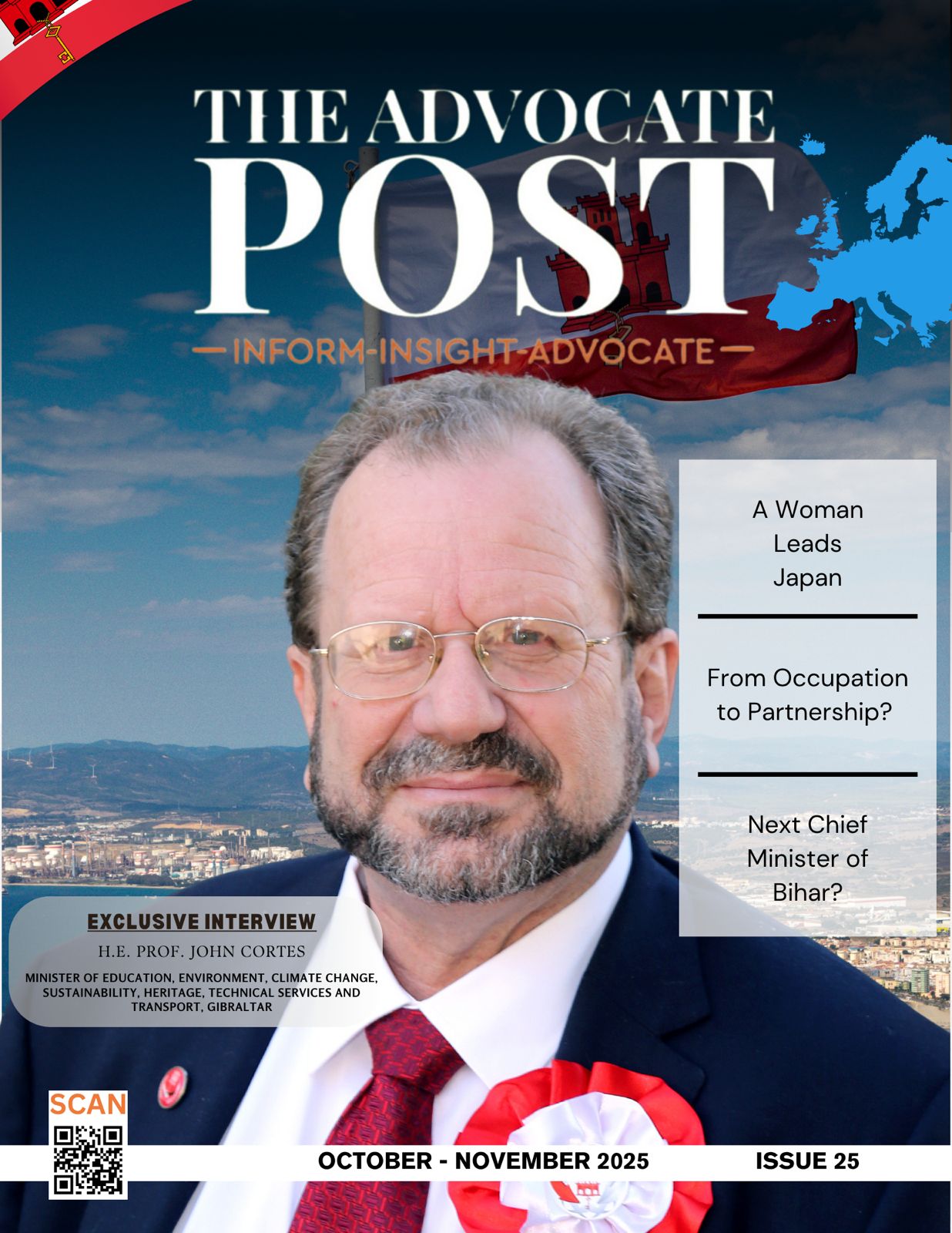
This Post Has 2 Comments
Pingback: Khyber Pakhtunkhwa Chief Minister Visits Afghan Embassy in Islamabad Amid Push to Deepen Bilateral Ties - The Advocate Post
Pingback: Trump Thanks Kurdistan Region President for Supporting Peace Efforts in the Middle East - The Advocate Post